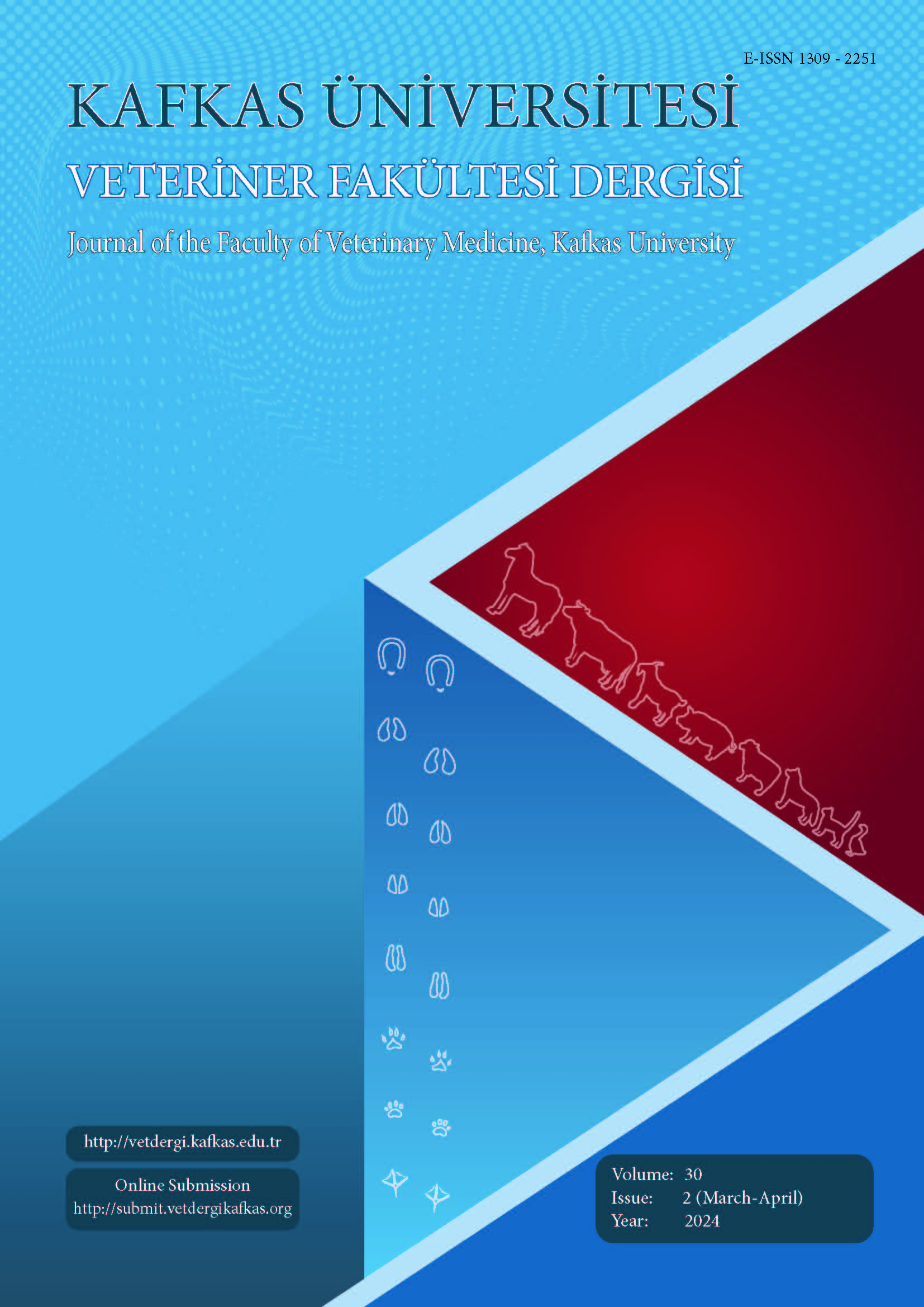
This journal is licensed under a Creative Commons Attribution-NonCommercial 4.0 International License
Kafkas Üniversitesi Veteriner Fakültesi Dergisi
2024 , Vol 30 , Issue 2
Horse Surgery and Survival Prediction with Artificial Intelligence Models: Performance Comparison of Original, Imputed, Balanced, and Feature- Selected Datasets
1Tekirdağ Namık Kemal University, Faculty of Corlu Engineering, Department of Computer Engineering, TR-59860 Tekirdağ - TÜRKİYE
DOI :
10.9775/kvfd.2023.30908
Artificial intelligence (AI) technology, while less advanced than in human medicine,
holds significant potential in the field of veterinary medicine. This technology offers
a range of essential benefits, such as disease diagnosis, treatment planning, disease
control, and overall animal health improvement. Based on clinical data, this study
uses 15 AI models to predict the necessity of surgery and the likelihood of survival in
horses displaying symptoms of acute abdominal pain (colic). By comparing surgical and
survival predictions across the original, imputed missing values, and balanced datasets,
we determine the most effective dataset based on the average accuracy of the 15 AI
models. Furthermore, we explore the potential for improved accuracy with a reduced
feature set by calculating feature importance scores for surgery and survival predictions.
Our results indicate that the balanced dataset achieved the highest average accuracy for
predicting surgery and survival, with 80.76% and 77.96%, respectively. The Random
Forest (RF) model outperformed others as the most accurate model for both surgery
(accuracy = 85.83, Area Under the Curve [AUC] = 0.906) and survival prediction
(accuracy = 80.75, AUC = 0.888). It was observed that reducing the number of features
in the dataset by 56% led to an increase in surgery prediction accuracy to 86.38%.
Similarly, when the number of features was reduced by 24% for survival prediction, the
prediction performance increased to 83.75%. This study emphasizes the importance of
the precise implementation of artificial intelligence techniques in veterinary medicine,
which can significantly enhance model performance.
Keywords :
Artificial intelligence, Data balancing, Feature selection, Horse colic, Prediction, SMOTE










